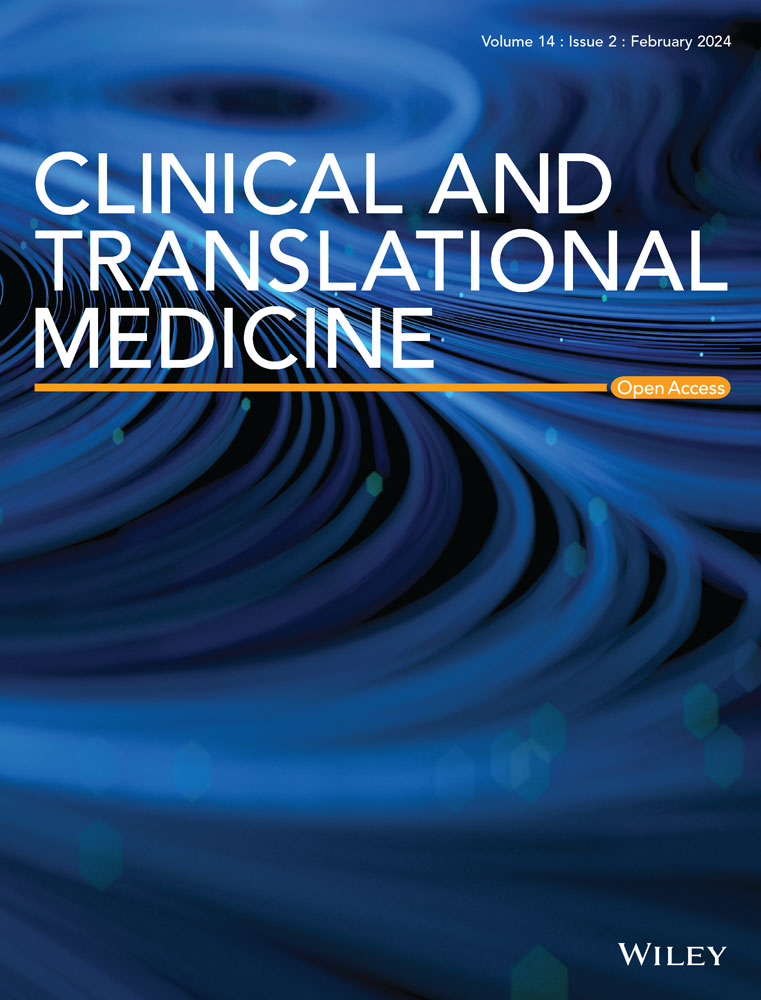Monocyte–macrophage dynamics as key in disparate lung and peripheral immune responses in severe anti-melanoma differentiation-associated gene 5-positive dermatomyositis-related interstitial lung disease
Abstract
Background
Anti-melanoma differentiation-associated gene 5-positive dermatomyositis (anti-MDA5+ DM) is a rare inflammatory autoimmune disorder often complicated by life-threatening rapidly progressive interstitial lung disease (RP-ILD). The underlying mechanisms driving immune dysfunction and lung injury, however, remain poorly understood. The study aims to gain insights into the disrupted immune landscape in peripheral and pulmonary compartments of severe anti-MDA5+ DM and explore potential therapeutic targets.
Methods
We employed single-cell RNA sequencing to examine cellular constituents within five patients’ bronchoalveolar lavage fluid and paired peripheral blood mononuclear cells. Luminex assay and flow cytometry were further applied to validate the results.
Results
Our analysis revealed starkly contrasting immune landscapes between the periphery and lungs, with peripheral immune suppression juxtaposed against pulmonary immune hyperactivation. Central to this dysregulation was the monocyte–macrophage lineage. Circulating monocytes exhibited an immunosuppressive phenotype, characterised by diminished cytokine production, reduced MHC II expression, and features resembling myeloid-derived suppressor cells. These monocytes were recruited to the lungs, where they differentiated into monocyte-derived alveolar macrophages (Mo-AMs) with robust proinflammatory and profibrotic activities. Mo-AMs drove cytokine storms and produced chemokines that amplified inflammatory cell recruitment and lung tissue remodelling. Additionally, peripheral T and NK cells exhibited increased cell death and active migration into the lungs, which may be the cause of lymphopenia.
Conclusions
Our study underscores the pivotal role of monocyte–macrophage dynamics in the immunopathogenesis of anti-MDA5+-associated RP-ILD, offering critical insights into compartment-specific immune dysregulation. These findings suggest potential therapeutic strategies targeting monocyte recruitment and macrophage activation to mitigate disease progression.
Key points
- Peripheral immune suppression and pulmonary immune hyperactivation characterise the distinct immune landscapes in anti-MDA5+DM with RP-ILD.
- Circulating monocytes transition from an immunosuppressive phenotype in the periphery to proinflammatory and profibrotic Mo-AMs in the lungs.
- Chemokines produced by Mo-AMs drive monocyte and other immune cell recruitment to the lungs, amplifying pulmonary inflammation.


 求助内容:
求助内容: 应助结果提醒方式:
应助结果提醒方式:


